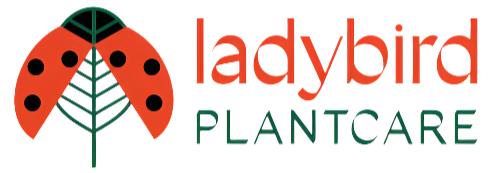
Whether you’re growing flowers to enjoy in the garden or to cut and bring indoors, the last thing you want is for them to be spoiled by pests
Growing in beautiful technicolour brings so much joy to the garden, whether you are growing flowers to enjoy outside or to bring inside to fill your vases, keeping a check on flower loving pests is all part of the process.
By growing flowers we are encouraging wildlife, especially pollinators, which is great. Unfortunately you will also find there are some much more prolific beasts that will also be attracted to the garden. Below are a few of the most common culprits and how to handle them without chemicals.
Aphids

Often known as green fly or blackfly, aphids numbers get out of control very quickly. Their ability to reproduce is astounding, they are born pregnant! Aphids are sap suckers, they feed on the plants leaving them wakened, ravished looking and sticky. They can also spread plant diseases.
A secondary problem of an aphid infestation is ants, ants love aphids because they feed on the honeydew that is created when the aphids feed on plants. So you now have aphids and ants...what to do?
Aphids are one of the most common and widespread garden pests, there are lots of commercially available natural predators. The most well know and popular is the ladybird. Ladybirds and their larvae devour huge quantities of aphids, prices start at £20, you can find them here. Next up are the beautiful Lacewings, gorgeous green creatures with delicate translucent wings, their larvae are ferocious eaters and can consume 35 or more aphids each!
There are other options too, tiny parasitic wasps and special aphid midge all do a wonderful job at controlling an aphid infestation.
Thrips

Next up is Thrips, another sap sucker causing flowers, fruit and foliage to be deformed, weakening the plant and eventually killing it.
Thrips are tiny, very difficult to spot and often gardeners don’t know they have thrips until they start to notice brown petals once buds open and deformed, stunted fruit.
Where possible, remove infested leaves, buds and stems because this will initially reduce numbers. Thrips are very difficult to reach with chemical sprays; but predatory mites are small enough to find and eat them, making biological control (the process of introducing natural predators) the best answer to this problem.
Get 10 free Thrips predator sachets.
Vine Weevil

If the colour in your garden comes from pots or border shrubs like Rhododendron then you need to know about vine weevil.
Vine weevil are black beetles about 8mm long, narrower at the front than the back. If you see bitten edges around the leaves of your plants, then suspect vine weevil. They are rarely seen in the daytime.
The larvae are grubs which feast on plant roots, often completely severing them from the upper stems. They have a soft creamy-white body, up to 1.5 cm long and brown heads. They often lie in a sort of "C" shape. The damage caused by the adults is unsightly, but the grubs can cause the plant to die.
Vine weevil are very easy to treat, these nematodes control the grubs and stop them from feeding on plant roots and these traps get rid of the adults. Get 10% off Vine Weevil Controls.
And not forgetting Slugs...
More on slugs here, and if you are not sure which pest you have please get in touch via email plantcare@ladybirdplantcare.co.uk


